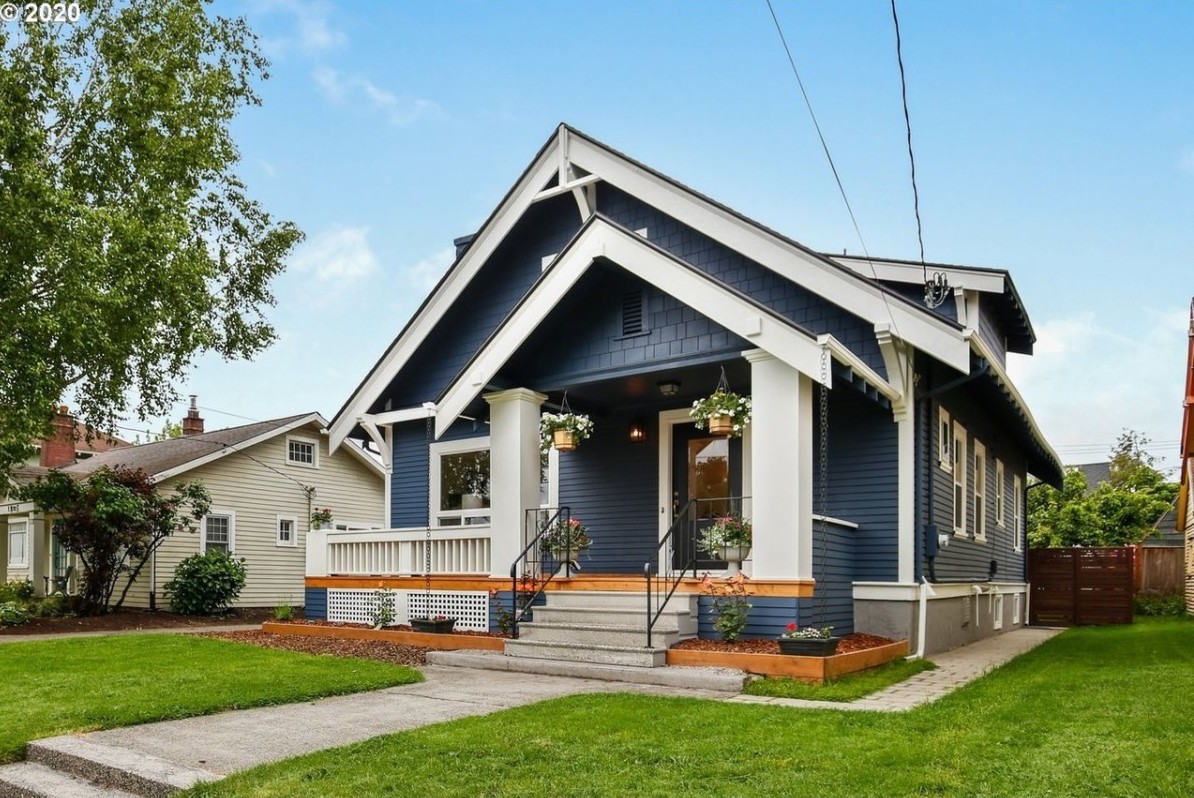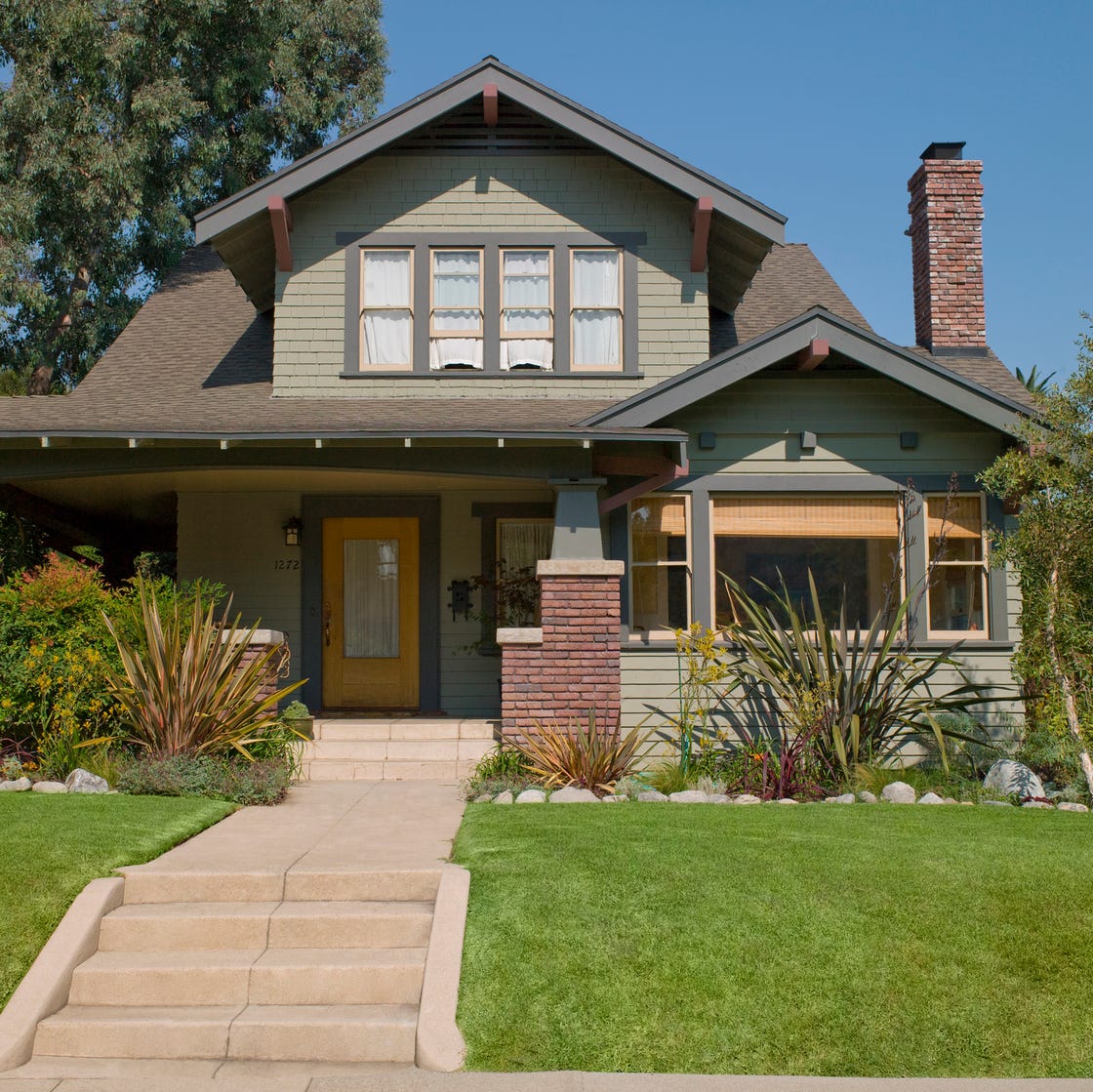How Architectural Provider Transform Residential Architecture Into Stunning Living Spaces
Architectural solutions considerably influence domestic architecture, transforming fundamental structures into extraordinary living spaces. Architects approach each task with an one-of-a-kind viewpoint, concentrating on website evaluation and customer vision. They utilize sophisticated layout tools to develop useful formats and appealing aesthetic appeals. This transformative process entails far more than visual allure. It questions concerning sustainability, customization, and the evolving requirements of property owners. What essential aspects add to this improvement?
The Function of Architects in Residential Design
Although lots of homeowners envision their excellent home, the duty of architects in household style is crucial for transforming these visions into reality. Architects bring a special blend of imagination and technical experience, making sure that the layout lines up with the house owner's desires while sticking to neighborhood structure codes and regulations. They perform detailed site evaluations, thinking about variables such as topography, environment, and neighborhood context, which affect the style's expediency and sustainability.
On top of that, designers equate abstract ideas into tangible plans, using advanced software to produce in-depth plans and 3D models. Their collective method typically involves involving with clients throughout the process, refining styles to much better match the homeowner's way of living and preferences. Ultimately, architects function as both dreamers and issue solvers, balancing visual goals with practicality, to produce stunning and practical home that reverberate with the owners' requirements.
Innovative Design Principles for Modern Living
Architects play a critical function not only in realizing homeowners' visions yet additionally in pushing the boundaries of what contemporary living can incorporate. Ingenious layout ideas are increasingly forming property design, mixing aesthetic appeals with sustainability and performance. Open flooring strategies, identified by fluid spaces, foster connection and flexibility, allowing family members to involve with each other in a harmonious setting. Including biophilic design, which emphasizes all-natural aspects, boosts well-being and produces a sense of harmony within the home. Smart home technology is another hallmark of contemporary style, flawlessly incorporating comfort and power efficiency into life. In addition, modular and versatile furnishings solutions allow homeowners to tailor their space according to their evolving needs. These innovative ideas not just boost the aesthetic allure of homes but also develop an experience that prioritizes convenience, sustainability, and a connection to the surrounding atmosphere, redefining modern-day living for today's property owners.
Enhancing Functionality and Circulation in Home Layouts
Exactly how can property owners accomplish a smooth blend of functionality and flow in their home? Architectural solutions play a vital role in this endeavor by optimizing designs that promote convenience of motion and accessibility. By thoughtfully organizing rooms and guaranteeing that connections in between areas are smooth, architects can produce a harmonious setting.
Incorporating open flooring strategies commonly enhances connectivity, permitting all-natural light to filter with and producing a sense of spaciousness. Strategic positioning of furnishings and fixtures even more sustains a reliable usage of room, making sure that each location offers its purpose without feeling cramped.
Furthermore, designers think about traffic patterns, suggesting paths that reduce challenges and advertise a sensible series of activity throughout the home. By balancing aesthetics with sensible layout aspects, architectural services enable house owners to enjoy living areas that are not just visually enticing yet additionally highly useful, improving the total experience of everyday life.
Sustainable Practices in Residential Architecture
Lasting practices in domestic design concentrate on the combination of environmentally friendly products and energy-efficient solutions. By prioritizing these elements, architects can produce homes that not only lessen ecological effect but also improve the health of their occupants. This method shows a growing dedication to sustainability within the sector.
Eco-Friendly Materials Usage

Energy Performance Solutions
While many homeowners look for aesthetic allure, energy performance has come to be a vital top priority in household architecture. Architects increasingly prioritize lasting practices by integrating sophisticated energy-efficient remedies right into their layouts. These options consist of proper insulation, energy-efficient windows, and tactically positioned photovoltaic panels, all focused on decreasing power consumption. Furthermore, contemporary heating and cooling systems, such as geothermal and solar-powered options, add to decreasing environmental influence while optimizing comfort. Natural air flow and daylighting techniques are used to enhance indoor air quality and lower dependence on fabricated illumination. By adopting these energy-efficient methods, engineers not just profit house owners economically through lowered energy bills however also sustain wider sustainability goals, ensuring that living spaces are both stunning and ecologically responsible.
Boosting Curb Appeal and Outdoor Spaces

Thoughtful positioning of outdoor functions, such as outdoor patios, decks, and sidewalks, creates welcoming locations for relaxation and socializing. These aspects are made to move seamlessly from the interior, encouraging a link between interior and outdoor living.
Architects likewise emphasize the importance of illumination-- both functional and attractive-- to highlight architectural details at evening, further improving the home's attraction. craftsman style house. Overall, these techniques not only improve the visual value of a residential property yet additionally raise its bankability and satisfaction for homeowners and site visitors alike
Personalizing Insides to Reflect Client Lifestyles
Personalization is type in developing insides that reverberate with customers' way of livings and preferences. Architects and designers participate in extensive assessments to comprehend individual requirements, making certain that each room shows the property owner's identity. This process usually includes assessing day-to-day routines, leisure activities, and household dynamics, which helps in crafting practical yet cosmetically pleasing atmospheres.
Incorporating personal aspects, such as art work, shade systems, and furnishings selections, permits a cohesive layout that feels uniquely tailored. A home office may feature ergonomic home furnishings and motivating style that provide to a specialist's workflow, while a family members area may focus on convenience and enjoyment choices. - craftsman style house

Regularly Asked Questions
Just How Much Do Architectural Services Usually Price for Residential Projects?
Architectural services for domestic jobs commonly vary from 5% to 15% of the complete construction spending plan. Variables influencing prices include project intricacy, area, and the engineer's experience, affecting overall pricing structures in the market.
What Is the Regular Timeline for Completing a Residential Design Task?
The typical timeline for finishing a household style job differs however usually extends from several months to over a year, influenced by elements such as job More about the author intricacy, client choices, and the permitting procedure.
How Do Architects Collaborate With Contractors During Building and construction?
Architects collaborate with specialists via routine interaction, sharing layout requirements and addressing difficulties. This partnership assurances that construction abides by the architectural vision, maximizing both functionality and appearances while accommodating any required modifications during the structure procedure.

What Are Usual Blunders Homeowners Make When Working With a Designer?
Property owners typically forget the importance of clear interaction regarding their vision, fail to look into an engineer's portfolio and experience, and overlook to develop a reasonable spending plan, which can bring about misunderstandings and unacceptable end results.
Can Architects Help With Acquiring Essential Permits and Approvals?
Architects have proficiency in steering through the complicated landscape of authorizations and authorizations. They assist in interaction with neighborhood authorities, making sure compliance with guidelines, which improves the process and lessens hold-ups for home owners starting building and construction tasks.